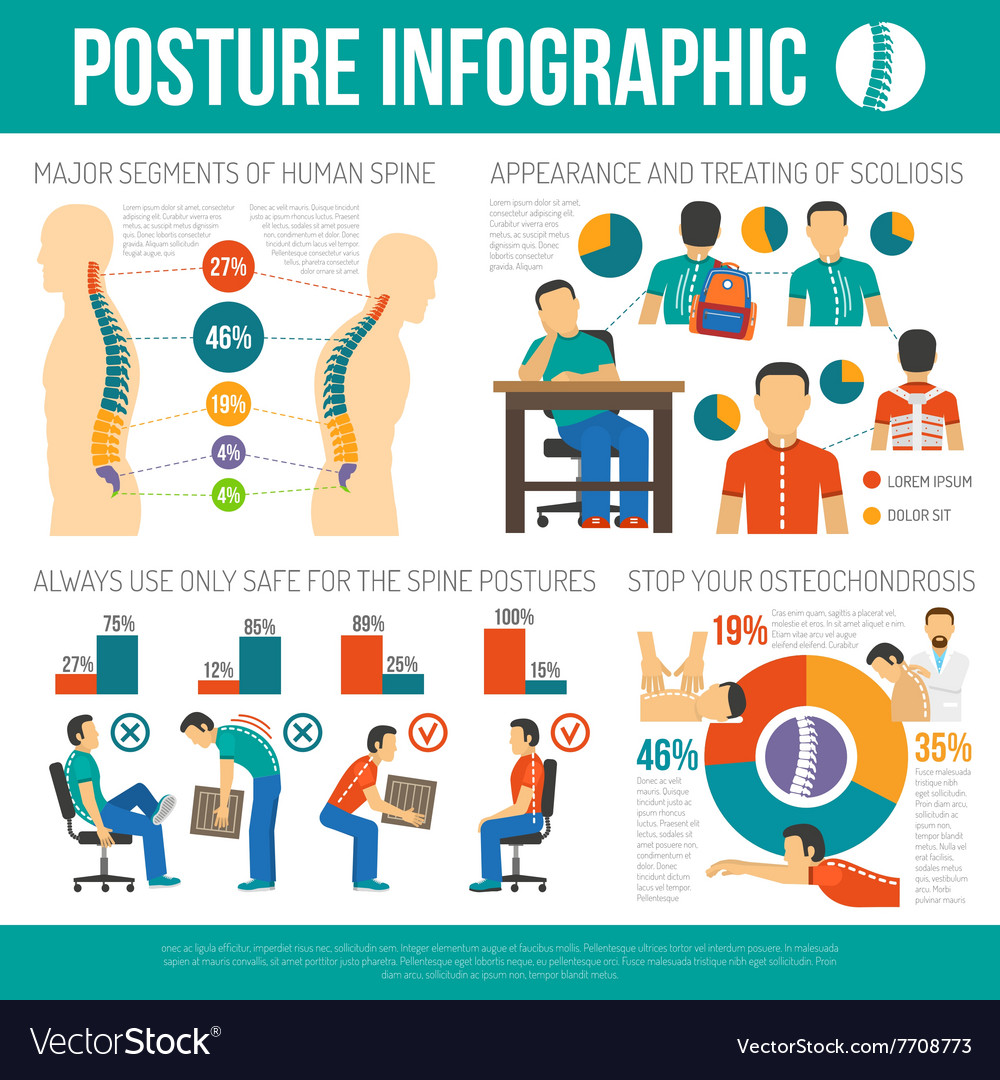When thinking about alternative treatments, cold laser therapy sticks out due to its unique strategy to recovery. By utilizing specific wavelengths of light, it targets cellular features and promotes recovery in a non-invasive fashion. This method not just boosts ATP production however likewise aids in decreasing inflammation and discomfort. As research study remains to unravel, the implications for rehab and pain management could be substantial. What does this mean for future therapy choices?
The Mechanisms of Cold Laser Treatment
Cold laser therapy, likewise known as low-level laser treatment (LLLT), works by stimulating mobile feature with the application of specific wavelengths of light.
When the laser light permeates your skin, it connects with the mitochondria in your cells, enhancing ATP manufacturing. This increase in ATP stimulates your cells, promoting recovery and regeneration.
The light additionally affects cell membranes, improving their leaks in the structure and helping with nutrition absorption while getting rid of contaminants. In addition, cold laser treatment causes the release of endorphins and minimizes swelling, aiding your body react more effectively to injury.
You'll experience boosted blood circulation as the therapy stimulates capillary growth, guaranteeing that oxygen and nutrients get to broken tissues extra efficiently.
Understanding these systems can aid you appreciate its capacity in advertising recovery.
Potential Advantages of Cold Laser Therapy
When thinking about options for discomfort relief and recovery, you may locate cold laser therapy to be an attractive alternative. Read Home -invasive strategy can help reduce swelling, relieve pain, and promote tissue fixing.
Many individuals report quicker recuperation times from injuries and surgical procedures after undergoing cold laser therapy. It's specifically useful for conditions like joint inflammation, tendonitis, and muscle mass strains.
You may additionally value that it has marginal adverse effects compared to drugs. Additionally, cold laser treatment can boost circulation, which assists in delivering nutrients and oxygen to harmed areas.
Current Research Study and Scientific Applications
As rate of interest in cold laser treatment grows, researchers are discovering its numerous applications and performance in clinical setups. You'll locate researches examining its duty in pain monitoring, injury recovery, and lowering inflammation.
In ct quit smoking , experts use cold laser therapy to improve recovery in sporting activities injuries, while dental practitioners are locating it beneficial for treating oral pain and gum conditions. Ongoing tests are evaluating its capacity in treating problems like joint inflammation and neuropathy.
These research studies aim to establish standardized protocols and dosages, guaranteeing safety and efficiency. As even more evidence emerges, you may see cold laser treatment ending up being a staple in both rehabilitation and discomfort monitoring, offering individuals a non-invasive choice that enhances conventional therapies.
Conclusion
Finally, cold laser therapy offers an encouraging method to recovery by using certain wavelengths of light to improve cellular functions and promote recovery. With benefits like improved blood circulation, lowered swelling, and discomfort alleviation, it's coming to be a useful option for different problems. As research study remains to develop standardized protocols, you can anticipate better approval of this non-invasive treatment in rehabilitation practices and discomfort monitoring techniques, making it a prospective game-changer for several individuals.
